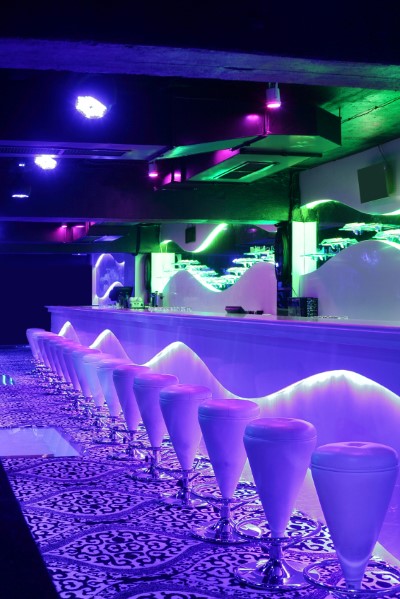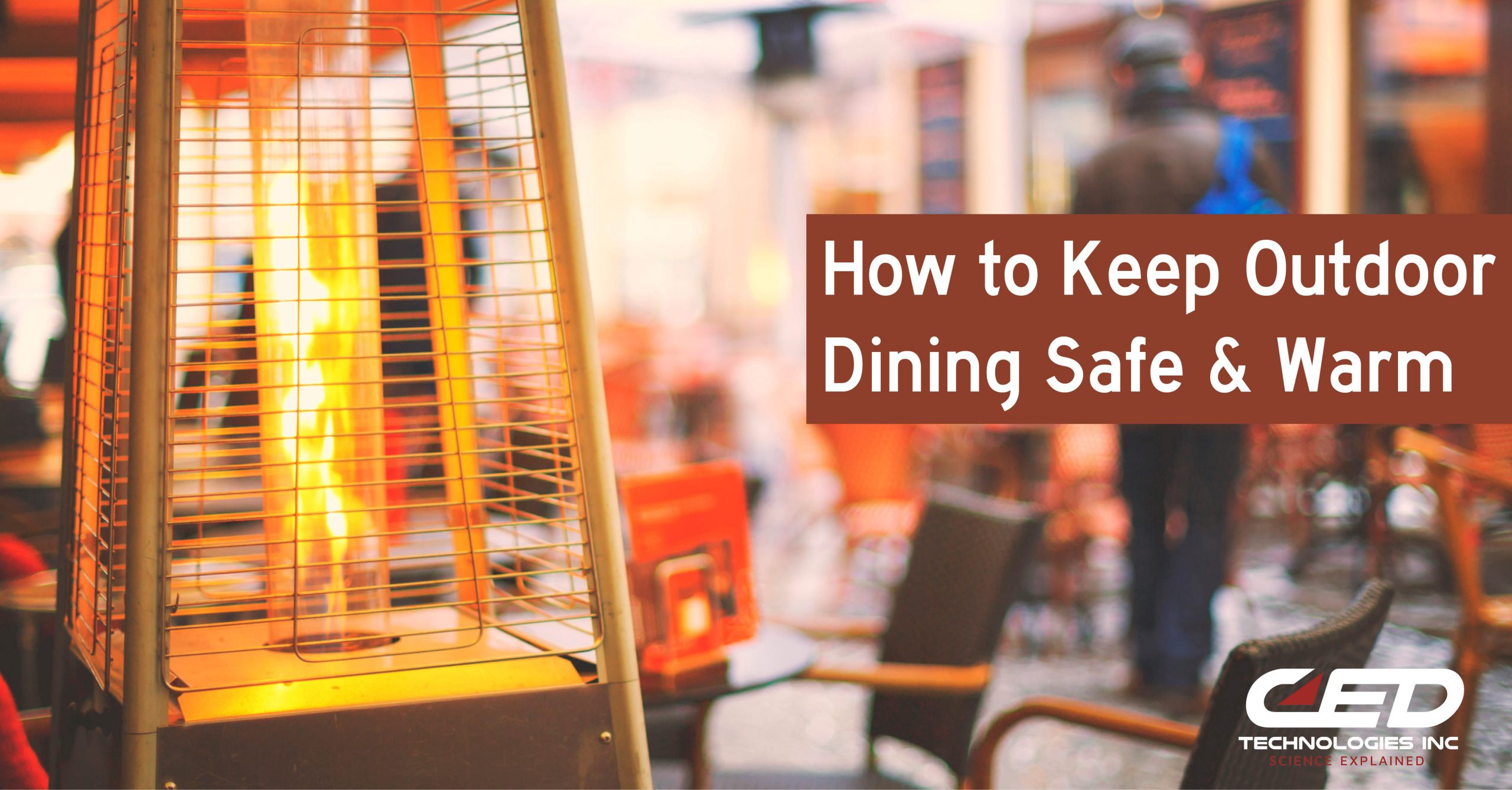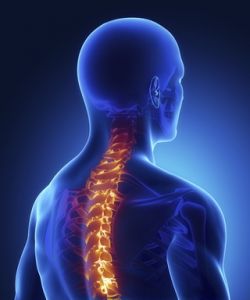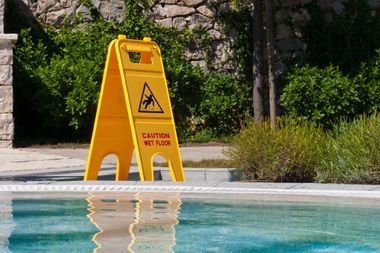Scenario: you operate a restaurant in Sometown, USA and have the lights dimmed for dining ambiance. A guest stumbles and falls while being seated and complains, “It's so dark I can't see where I'm walking. This is dangerous!” You wonder, “How dim is ‘too dim' when it comes to interior lighting?” “Would added illumination have made the area safer?” “Should the guest have continued walking into the darkness?”
The answer is not straight forward as lighting interacts with other contributing factors such as floor traction, obstacle hazards and even distracted or impaired walking as pedestrians have an obligation to look where they're walking and exercise reasonable care in doing so. So, after such a fall event, determining lighting's contribution to an event could be an important element to your case.
The amount of light in a space is called illuminance and is measured by a unit called foot-candles. Your municipality's building code is the primary driver of required illuminance levels and municipalities have different illuminance standards based on the building code they've adopted, be it the International Building Code, National Fire Protection Association or municipal variances of these codes. So required illuminance levels vary from locale to locale and between building structure uses. There is no single standard.
Additionally, building codes evolve as technology and best practices improve, but without triggering events like remodels and additions which require structures be brought, ‘up to code,' older buildings can be compliant at lower illuminance levels than newer buildings. So, lighting compliance means having the proper illuminance per municipality's adopted code in effect at the time your type of building was put into use. “But, doesn't your business' occupancy permit demonstrate safe lighting compliance?” The answer: “No.” Occupancy permits are not complete building safety compliance inspections. They only cover the aspects deemed critical by the municipality's Building Department, which may only cover emergency egress lighting.
Confusing? Not for forensic engineers who investigate accidents after an event in accordance with The llluminating Engineering Society of North America's, Lighting Handbook which underpins municipal building code in determining recommended light levels, how walkways should be illuminated, when, and to what illuminance level.
Featured Engineer: Suzanne Alton-Glowiak, M.M.E. Senior Mechanical Engineer
Reference: Lighting Handbook, 10th Edition






